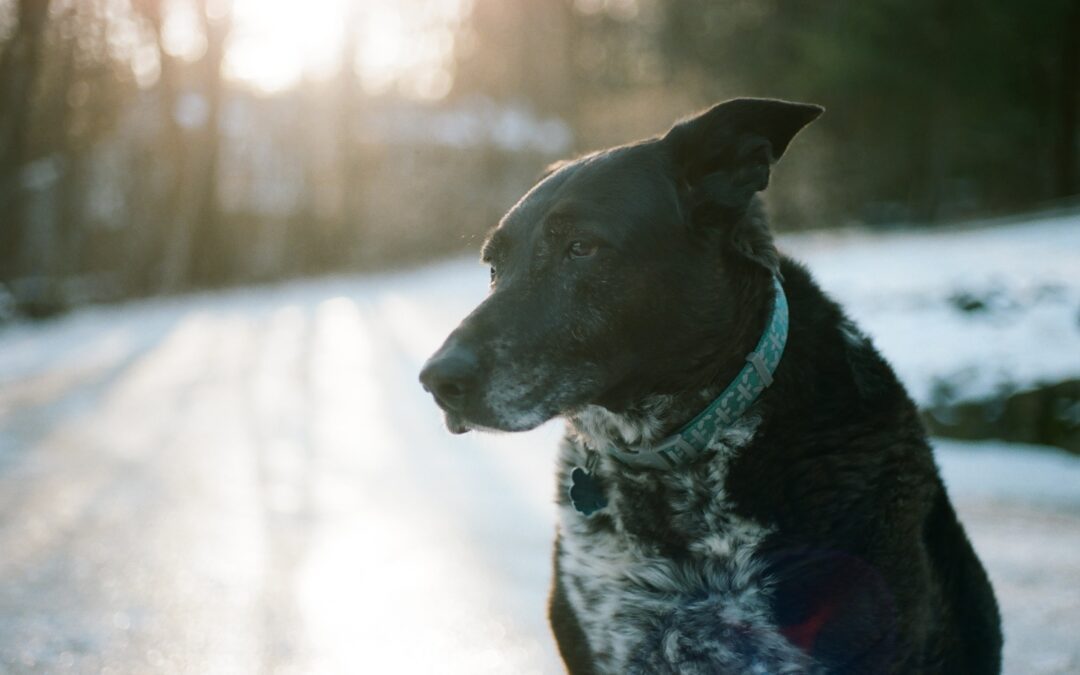Safety Tips for Owners of Dogs with Hearing Loss or Deafness
It is very common for geriatric dogs to gradually become hard of hearing. Dogs with hearing loss hold a special spot in pet lovers’ hearts, and deaf dogs are certainly a category to be treasured. Our team wants to share tips on how to keep a hard of hearing or deaf dog safe. If you have a dog that is hard of hearing, follow these suggestions.
Train your dog to respond to hand signals
Since your dog cannot hear you calling their name or asking them to sit, teach them to respond to hand signals. When asking your dog to perform a command, ensure you are within eyesight and that you have their attention.
Outfit your dog in a deaf dog collar or harness
If your dog manages to slip out of an open door and is on the loose, warning strangers of your pet’s deafness will help them provide proper care. A collar with a tag or embroidery that says your dog is deaf can notify your pet’s rescuer that they cannot hear.
The same goes for a harness when out walking. Dogs can be easily startled by approaching strangers or animals, especially if they cannot hear or see them coming. A brightly coloured harness that warns people your dog is deaf can help let them know to proceed with caution. It can also make them more visible to oncoming traffic.
Confine your dog to a yard or leash when outside
Keeping a deaf dog safe from traffic, roaming, or other pets when outdoors is difficult without a restraint method. When outside, always have your dog on a leash, or ensure they are in a fenced-in yard from which they cannot escape. Visual hand signals will only sometimes be effective at getting your dog to come back, especially if they see something interesting.
Approach your dog carefully when they are sleeping
Your dog with hearing loss may be more easily surprised when they are sleeping or resting, and may even try to bite if they are startled. If you need to get their attention, remember to approach them in a gentle way to make it as easy for them as possible. Your dog may respond to higher pitched noises such as clapping your hands or whistling. You can try to find the volume that is just perfect for your dog to get their attention while not alarming them. If your dog is deaf, it may be easier for them to feel gentle movements such as vibrations in the floor or slight movements of their bed to help them wake up from their peaceful slumber.
Caring for a dog with hearing loss requires a few adjustments to ensure they remain safe. Protect their health as well by scheduling regular preventive care visits with your veterinarian.

